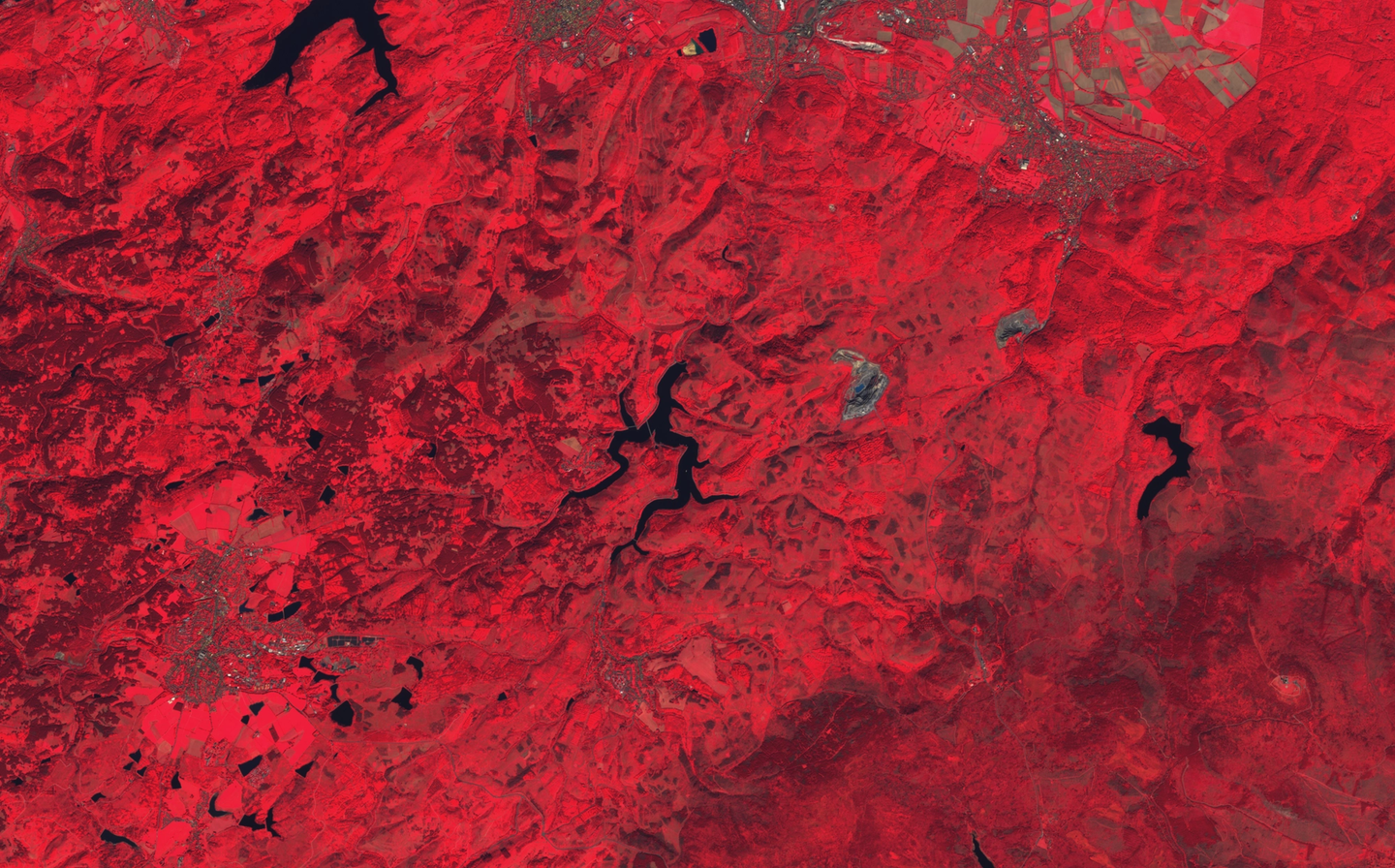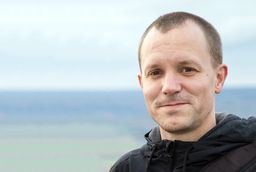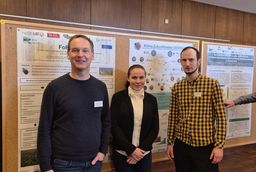Monitoring forest change
DIVERSA SP2 - Monitoring of forest structure, biodiversity, and climate-related forest disturbances using satellite and airborne imagery and LiDAR data.
Development of a multi-scale remote sensing system for the monitoring of forest structure, biodiversity, and climate-related disturbances in Lower Saxony’s forests.

Forests are increasingly affected by climate-related disturbances such as storms, droughts, and bark beetle infestations. To better understand and respond to these challenges, we are developing a remote sensing-based monitoring system for forest changes that provides up-to-date information on disturbances, as well as on habitat characteristics that can be used to assess biodiversity status.
We use technologies such as Airborne Laser Scanning (ALS) and photogrammetric point clouds to capture detailed structural features of forests, including tree heights, canopy densities, and tree counts. These high-resolution spatial data are complemented by satellite imagery, which allows for large-scale monitoring of forest changes with high temporal frequency. The combination of satellite and airborne systems unlocks the great potential of remote sensing to monitor climate-induced forest changes.
In Phase I, subproject 2 (SP2) will identify forest structural indicators linked to disturbance susceptibility and develop a multi-scale monitoring system for the forests of Lower Saxony. In Phase II, the focus will shift to deriving biodiversity indicators from remote sensing data and integrating them into the monitoring system.
SP2 works closely with other subprojects to ensure seamless data exchange and effective integration. The remote sensing products developed in SP2 support biodiversity modeling (SP4), disturbance probability modeling (SP6), and communication strategies (SP7 & SP8). By aligning with the information needs of relevant stakeholders, SP2 contributes to a comprehensive forest monitoring system that provides current and relevant information for science, policy, and sustainable forest management.
Contact persons
 Jens WiesehahnNorthwest German Forest Research Institute, Department of Forest Protection
Jens WiesehahnNorthwest German Forest Research Institute, Department of Forest Protection Jessica Soto-BalvaneraTechnical University of Munich, School of Life Sciences, Professorship of Earth Observation for Ecosystem Management
Jessica Soto-BalvaneraTechnical University of Munich, School of Life Sciences, Professorship of Earth Observation for Ecosystem Management
Blog
All
1.5 – one scientist, five questions with Prof. Dr. Andreas Schuldt
Head of the Department of Forest Nature Conservation at Georg August University of Göttingen and sub-project lead at the Climate Future Lab DIVERSA
7 min. Reading time
Kick-off event of the Climate Future Lab DIVERSA
At the kick-off in Göttingen, around 30 participants of the Climate Future Lab DIVERSA laid the foundation for six years of interdisciplinary research
3 min. Reading time
Conference on carbon sequestration in forests
Climate Future Labs DIVERSA and FoResLab introduce themselves
2 min. Reading time
